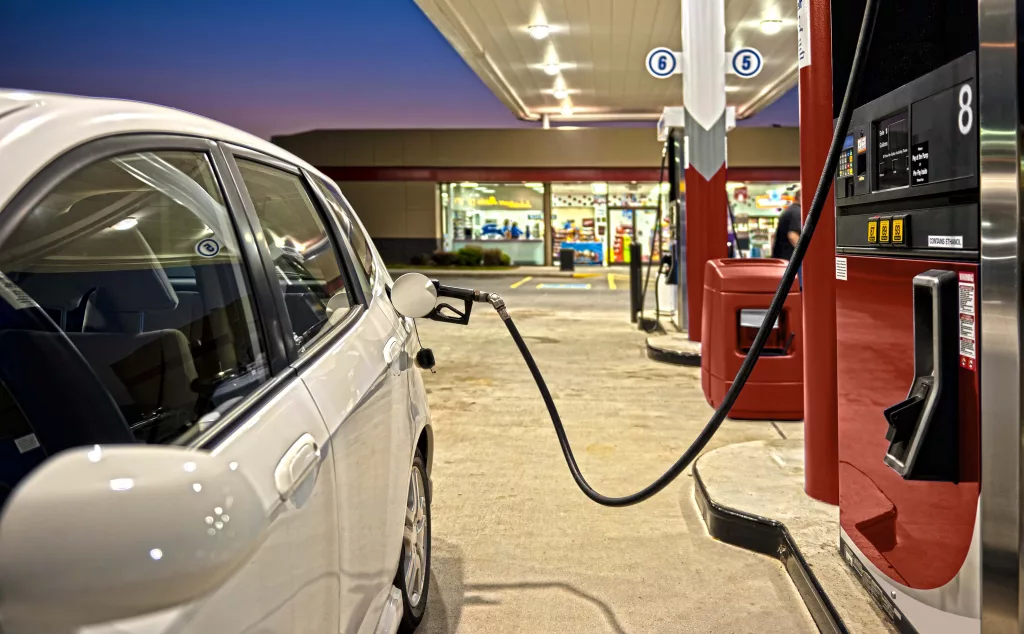If you want a good measure of how much people are moving around again following the pandemic quarantine in most states, just look at the gas station pylon signs and watch the digits continue to climb.
Americans are filling up at the pump more and more. Since mid-May, gasoline demand has increased 18-percent to 7.9 million barrels a day, according to the latest Energy Information Administration report. The slow, but steady rise in demand has pushed the national pump price more expensive by 13-percent in that same timeframe. Today’s national average is $2.10 a gallon. That is seven cents more on the week, 24-cents more on the month, but still 59-cents cheaper year over year.
Molly Hart, spokesperson for AAA – The Auto Club Group, says, “As Americans drive more, they are re-fueling gasoline demand levels, which is helping to lift pump prices,” and adds, “Higher demand will contribute to increasing gas prices in the coming weeks, but they aren’t going to spike to typical summer prices. That’s because demand won’t be sufficient enough to drive down stocks levels. Gasoline stocks sit at a significant surplus of nearly 24 million barrels year-over-year.”
Today, only one-third of state averages are $1.99 per gallon or less and the majority of those are states in the South and Southeast.
In the Great Lakes and Central States the large price swings are surprising given that regional gasoline stocks and refinery utilization both held steady on the week at 54 million barrels and 75-percent, respectively, according to EIA data. Typically large jumps at the pump coincide with a large draw in stocks. However, this region typically sees high volatility in price swings from week to week. It’s likely many of the states which saw large increases in the last week will see smaller increases in the week ahead.
At the end of Friday’s formal trading session, WTI decreased by eight cents to settle at $36.34 per barrel. Domestic crude prices decreased last week amid increased market concern that an increase in new coronavirus infections could lead to another reduction in crude demand. Additionally the weekly report showed that total domestic crude inventories grew by 5.7 million barrels last week, bringing the total to 538.1 million barrels. The increase in crude supplies also helped to push prices lower, since it signals that domestic crude production may need to reduce further in order to meet lower than normal demand. If these trends continue this week, crude prices could decline further.
Drivers can find current gas prices along their route with the free AAA Mobile app for iPhone, iPad and Android. The app can also be used to map a route, find discounts, book a hotel and access AAA roadside assistance. You can find more at AAA.com/mobile.






